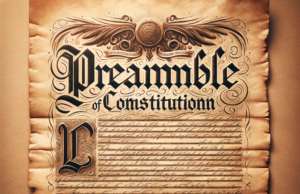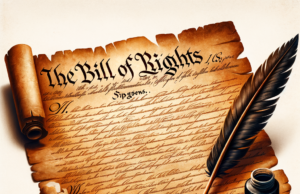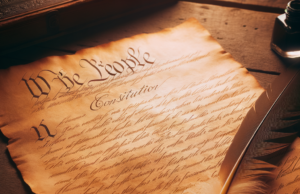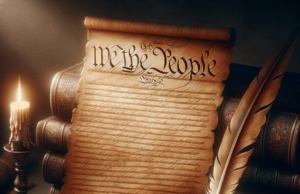
What Are the Articles of the Constitution?
The United States Constitution is the foundational document that underpins the American system of government and serves as a symbol of democracy and the rule of law. Within this venerable document are seven articles, each of which plays a vital role in shaping the structure, powers, and functions of the federal government. In this article, we will explore the contents of these articles, providing a comprehensive overview of the key components that constitute the backbone of the U.S. Constitution.
Article I: The Legislative Branch
Article I establishes the legislative branch of the federal government, known as Congress. It is the longest and most detailed of the seven articles. Within this article, the framers delineated the powers and responsibilities of Congress, including its authority to make laws, levy taxes, declare war, and regulate commerce. The article also introduces the concept of bicameralism, dividing Congress into two chambers—the House of Representatives and the Senate—and outlines the qualifications and roles of each.
Article II: The Executive Branch
Article II vests the executive power of the United States in the office of the President. This article defines the qualifications, powers, and duties of the President, who serves as the commander-in-chief of the military, the chief diplomat, and the head of the executive branch. Article II also outlines the process for electing the President through the Electoral College and establishes the mechanism for impeachment.
Article III: The Judicial Branch
Article III establishes the judicial branch of the federal government. It creates the Supreme Court of the United States and empowers Congress to establish lower federal courts. This article defines the jurisdiction of federal courts and establishes the principle of lifetime tenure for federal judges, ensuring their independence from political pressures. It also introduces the concept of judicial review, allowing the courts to declare laws or actions of the other branches unconstitutional.
Article IV: The States and the Union
Article IV addresses the relationship between states and the federal government. It guarantees that each state will have a republican form of government and protection from invasion or domestic violence. The article also includes the Full Faith and Credit Clause, requiring states to recognize and respect the laws, court decisions, and records of other states.
Article V: Amending the Constitution
Article V provides the process for amending the Constitution. It outlines two methods for proposing amendments: by a two-thirds majority in both houses of Congress or by a national constitutional convention called for by two-thirds of state legislatures. Amendments must then be ratified by three-fourths of state legislatures or by conventions within the states. This process ensures that changes to the Constitution are deliberate and reflect broad consensus.
Article VI: The Supremacy Clause
Article VI contains the supremacy clause, which establishes that the Constitution, federal laws, and treaties are the supreme law of the land. This clause makes it clear that federal law takes precedence over state law when there is a conflict. It also requires all federal and state officials to take an oath to support the Constitution.
Article VII: Ratification
Article VII outlines the process for ratifying the Constitution. It stipulates that the Constitution would become effective once it was ratified by nine of the thirteen original states. This article played a crucial role in securing the Constitution’s adoption and represents a momentous step in American history.
In summary, the seven articles of the U.S. Constitution provide the structural and operational framework of the federal government. They outline the distribution of powers, responsibilities, and limitations of each branch, define the relationship between the federal government and the states, and establish the mechanisms for amending the Constitution. These articles have guided the United States for over two centuries and continue to serve as the foundation of American democracy and governance.
The Articles of the Constitution are an extremely important part of the Constitution. The Articles are paragraphs which outline how the Government will be set up in terms of Congress. This breaks down the makeup of Congress between the House of Representatives and the Senate. Furthermore, it takes these two bodies and outlines who is allowed to run for a position in the Senate or House of Representatives, and what criteria they must fit in order to be accepted.
The purpose of the Articles of the Constitution is to firmly and legally outline the structure of the Government in order to assure that there is fairness within the Government and that both of the Congressional Houses are rounded out regarding the number of individuals they have and the powers they have.
Overall, Congress is bestowed with all legislative powers in the Government, and this power is a great one. Each article has regulations and stipulations that help to contain this power, and balance out Congress with other branches of the Government.
To operate under a Constitutional setting, all members of Congress must understand the specified roles in the Senate and House of Representatives, respectively. Failure to comply can result in the removal of an individual from their specified Congressional position.
The Articles of the Constitution state that Representatives from the House of Representatives only serve two-year terms and they must be at least 25 years old in order to hold the position. Senators are designated with six-year terms and are only allowed one vote. Each Article goes into specific detail regarding the criteria necessary for Constitutional compliance and what the job of Congress entails in the United States.















